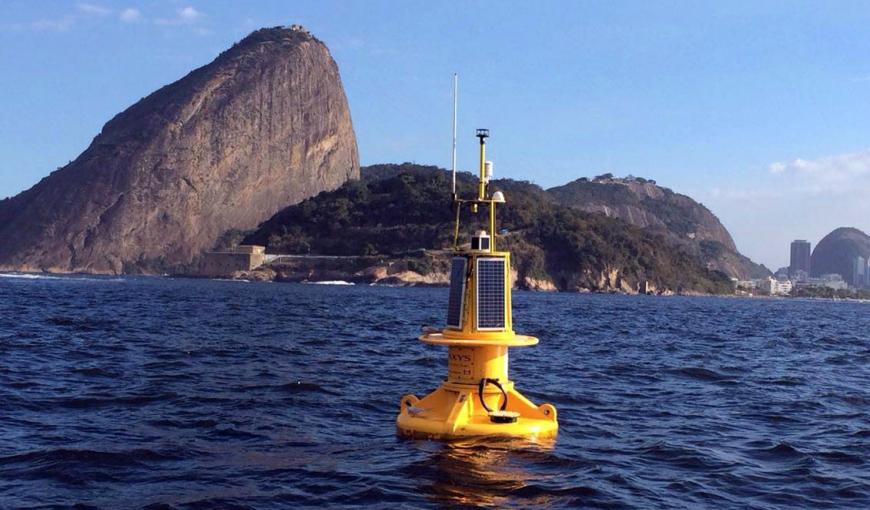Research institutes take part in task force for the Olympic Games
The Forecast and Climate Studies Center of the National Institute for Space Research (CPTEC/Inpe) and the National Center for Natural Disaster Monitoring and Alerts (Cemaden), research institutes linked to the Ministry of Science, Technology and Innovation (MCTI), are participating on a task force involving nine institutions to monitor the meteorological conditions during the 2016 Olympic Games.
Coordinated by the Olympic Public Authority (APO), the Meteorological Data Group was created to meet all requests of the International Olympic Committee. One goal is to collect information such as temperature, water, humidity, atmospheric pressure, solar radiation, water salinity and sea and air currents, so that these conditions do not interfere with the performance of athletes during the competitions.
In the Meteorological Data Group, CPTEC, from Inpe, is responsible for the forecast of the state of the sea, such as waves and currents, in addition to contributing with the meteorologists. Cemaden undertook to provide four professionals and data collection platforms (DCPs) to support the land weather stations. Both institutions are RNP users and use the Brazilian academic network in their operations.
According to researcher Sérgio Henrique Ferreira, from CPTEC, this technology shall have applications at the Guanabara Bay, where sailing competitions will take place, and in the Rodrigo de Freitas Lagoon, where canoeing will occur. “In canoeing, the competition is aligned due to wind. In triathlon, which includes the aquatic marathon, unfavorable maritime conditions, such as a current and undertow, may influence the event”, he exemplifies.
CPTEC’s chief of Supercomputing and Support services, Luiz Flávio Rodrigues, informs that the computational resources to service the Olympics range from daily atmospheric models to satellite data suites. The area monitored for weather forecasts shall be reduced from 9 to 1 kilometer, generating a data volume higher than usual and a high degree of accuracy.
To meet this demand, CPTEC has Inpe’s Supercomputer, Tupã, the sixth most potent in Brazil, with the capacity to perform 260 trillion calculations per second. In addition to the Supercomputer’s daily processing, two new computational models, specific for the Olympic and Paralympic Games, with over 6 thousand core processors in 12 daily rounds, will be put in operation and shall be discontinued after the events.
According to Luiz Flávio, from CPTEC, the models specific for the Olympics work in an integrated manner to the normal resources of the Supercomputer, and they are necessary for the meteorologists’ complete analysis. “The weather models are not included here, because they do not meet short-term demands, that is, scale of days, necessary for the Games”.
The Meteorological Data Group is comprised by nine institutions, in addition to APO, CPTEC and Cemaden: the National Meteorology Institute (Inmet), the State Environment Institute (Inea), the Rio Environmental Municipal Department, the Brazilian Coast Monitoring System (SIMCosta), Hydrographic Center of the Navy (CHM) and the Department of Airspace Control (Decea). Each of these agencies has a specialty, such as atmospheric data, oceanographic data and air quality, as well as collect and provide data independently.
Photo: MCTI
Release: Brasil 2016
